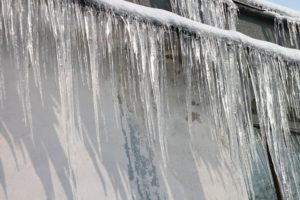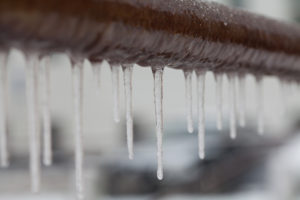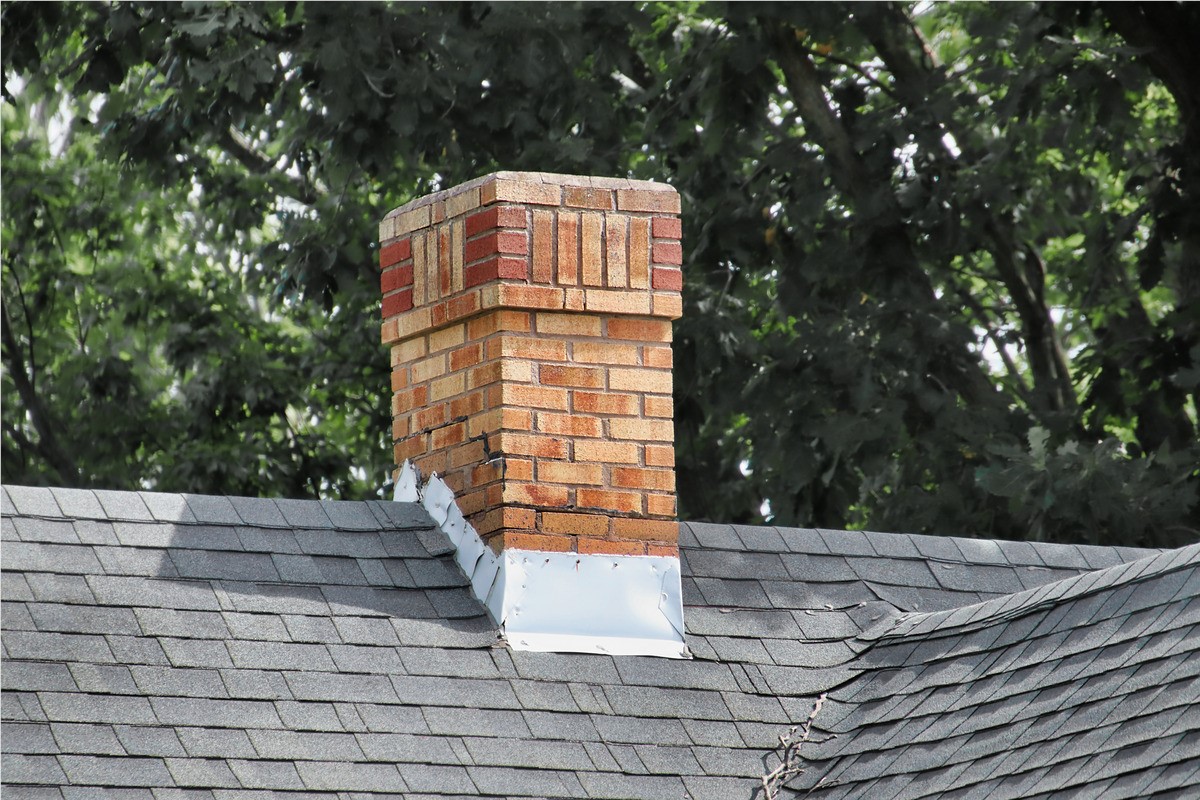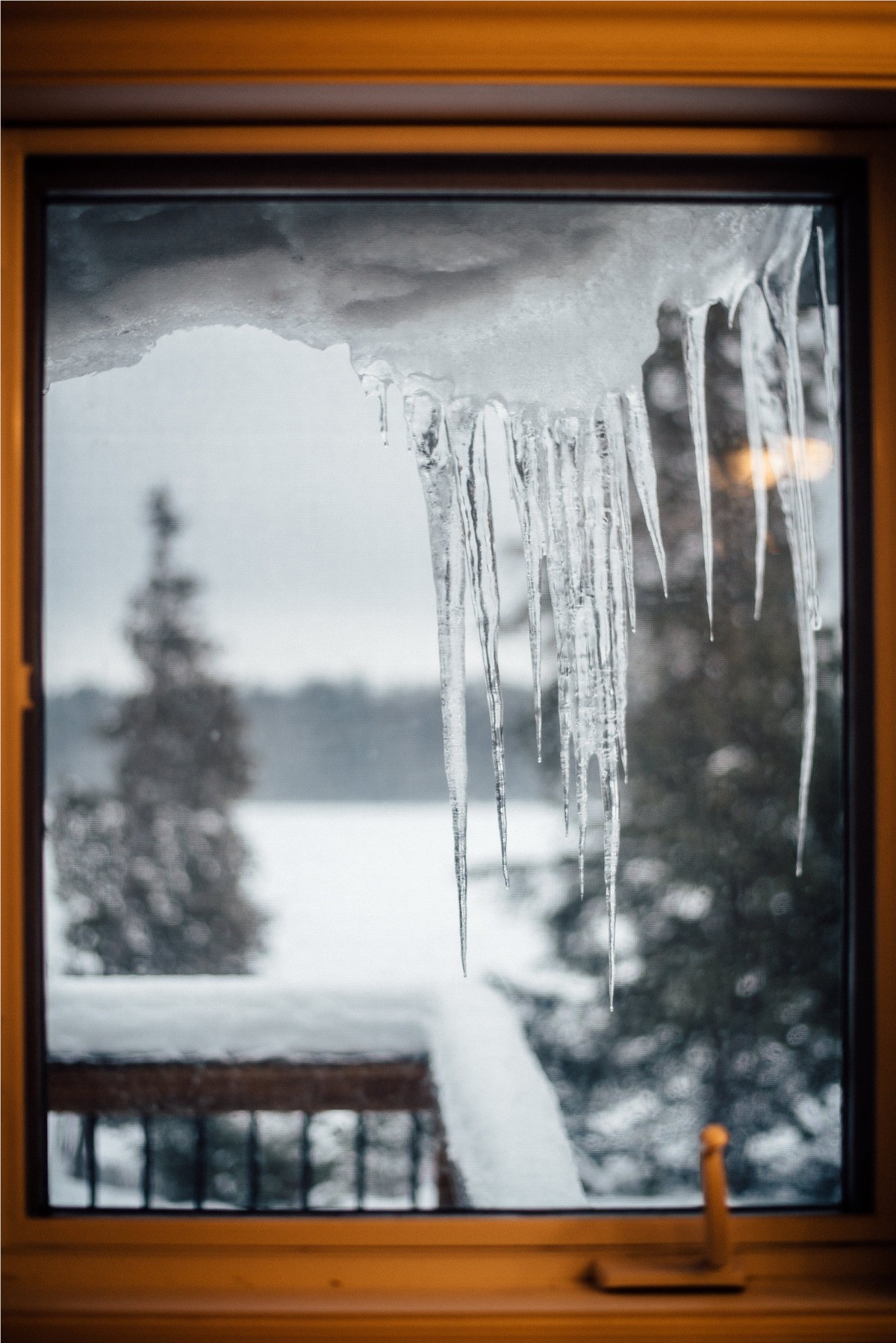Some snowy weather and cold nights can be fun for a change, but these conditions also present some unique risks and forms of damage during the winter months. Looking for some help preparing for and preventing winter home damage? You’ve come to the right place. The experts at Shanco Companies can help you learn what you need to know.
Ice Dams

Icicles are kind of the winter wonderland calling card, and they’re pretty to look at. But they tend to also mean a much higher possibility of winter damage via ice dams. Ice dams form when water from melted snow or rain runs down your roof, freezes, thaws, and refreezes. The process eventually results in thick, heavy clods of ice forming across the eaves of your roof as well as in your gutters, and these can be very problematic and potentially costly.
Ice dams cause trouble for:
- Roofing materials
- Gutters
- Potentially windows
The best ways to tackle ice dams are by keeping your gutters clean and clear, and ensuring your roof is properly ventilated when going into the cold season. If dams do begin to form, you can use chemical melts to create a channel for the melted dam to divert into and away from the roof. Just be sure to stay away from rock salt, which can damage shingles.
Winter Is the Time for Roof Leaks
Just as ice dams are a big issue, so are plain old winter roof leaks. These happen because moisture gets into small cracks in your roof during cold months. When the moisture crystallizes (freezes) it will expand, widening your roof’s damage and creating an opportunity for leaking. This is one of the reasons we say roof regular inspection is crucial! Before the season sets in for good and we get any real precipitation, you want to be certain your roof is inspected for any possible problems that could evolve into costly repairs and home water damage.
Frozen & Burst Pipes

The calling card of winter plumbing problems, frozen water lines are something we all dread. But they can be planned for and avoided! Start by insulating any exposed pipes—even low cost foam tubing can do the trick fairly well. For problematic or older pipes, you might consider something a bit more thorough like heating tape.
On nights below freezing, windy nights, or especially when a night is both of these, be sure to run a tap in your home at a drip. You do this because pipe freezing most commonly happens due to natural pressure in the water line, so running the line alleviates pressure and keeps water moving. You do not have to run all taps, just one! The best option is to run the tap furthest from the water main. For example, in a two story home, you’d run the tap in the second floor washroom.
Winter Home Damage Repair in DC, MD & VA
Worried about home damage this winter? Don’t stress! You’ve got the trained and licensed experts at Shanco on your side. If you need repairs, preventative services, or if you’re looking to winterize, we can help. Contact us today to get started!
Tags
Subscribe to Shanco's Blog





Comments